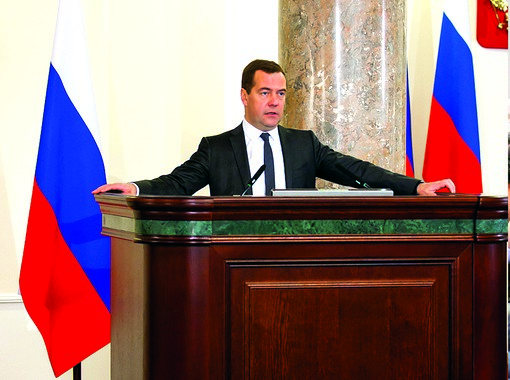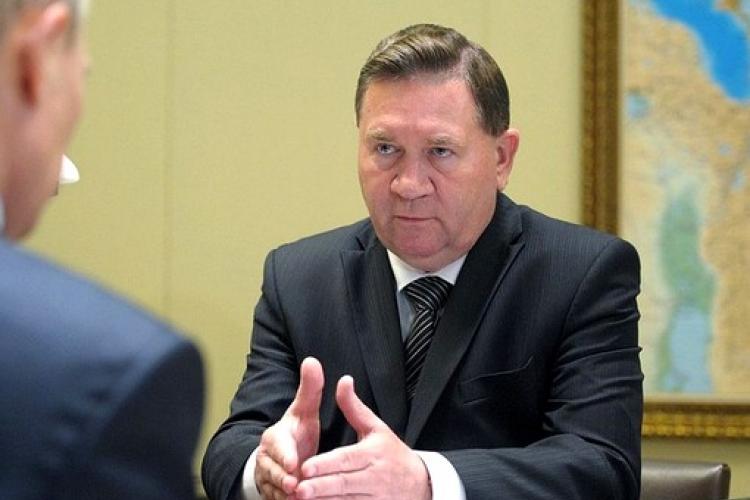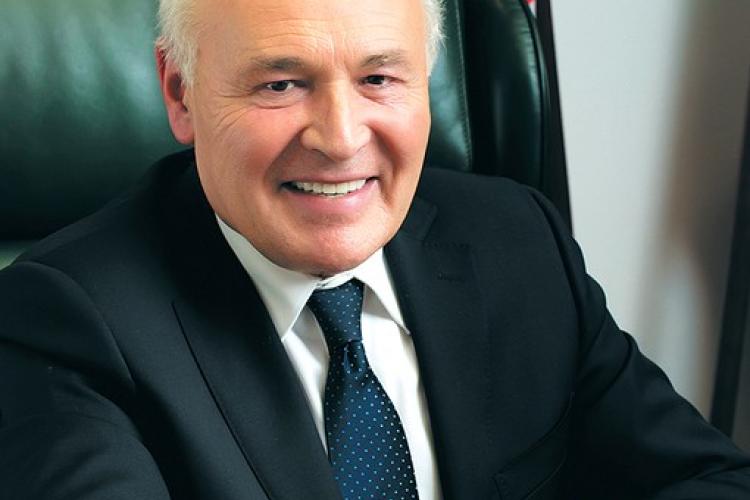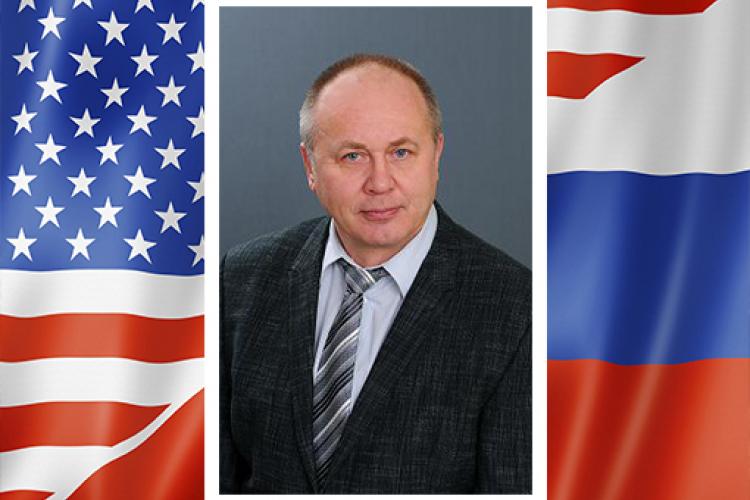
The director of the Finance Ministry’s Government Debt and Financial Assets Department Konstantin Vyshkovsky spoke at the Moscow Financial Forum on October 10, 2016 about how the timing for the country’s second entry into foreign capital markets this year was chosen, why foreign investors were given priority in the placement, and the Ministry’s future plans.
– How did the Ministry choose the Eurobond offering timeline?
– A whole range of factors influenced our decision to enter the market. Actually, technically we have long been ready to enter the market, but we needed to choose the most favorable set of conditions that would enable us to place the additional securities at the most attractive price. Of course, the U.S. Federal Reserve’s decision and the decision of the rating agency S&P to upgrade the outlook for Russia’s sovereign rating influenced this, but one can’t say that any one thing pushed us to enter the market. We constantly analyzed the situation and in the end, there was a decent placement.
– Why did the Ministry decide to distribute the bonds only among foreign investors?
– We have always proceeded from the assumption that for Russian investors we have federal domestic bonds, while Eurobonds are foremost an instrument intended for international investors. Therefore, in foreign markets placements, bids from nonresidents are always met on a priority basis.
While in the placement of the main issue in May we cut off Russian state banks (only private banks and asset management companies from Russia, as well as foreign investors took part in the deal), this time we decided to completely focus on foreign buyers. American investors bought most of the issue (53 percent). This is a very serious sign of confidence in our sovereign debt instruments. In general, I think that this placement was one of the best in the whole history of our deals on foreign markets in terms of the composition of investors. In terms of the level of foreign demand and the price of the borrowing, it looks as though we managed to place the bonds as if Russia had not been out of the market for two years.
– The organizer of the placement, VTB Capital, said major American investors were attracted to the additional offering by, among other things, the ability to conduct settlements through Euroclear (settlements on the main issue were initially conducted only through the National Settlement Depository). What other factors influenced the investors from the United States?
– Certainly, the fact that the additional issue was immediately accepted for Euroclear servicing significantly increased the appeal of the issuance for investors. This time, far less pressure was put on them by foreign authorities than was the case in May, when many investors received tacit recommendations not to buy the new Russian Eurobonds. To some degree we corrected the May situation and provided an opportunity for American buyers to satisfy their demand.
– In 2013, the Russian Finance Ministry sold an issue of Eurobonds in euros in addition to dollar-denominated Eurobonds. Next year, foreign borrowing might again total USD7 billion. Are you considering placing Eurobonds not just in dollars, but in euros, for example?
– Dollar Eurobonds are our traditional instrument that we offer to investors, where we have a clear and broad investor base. Yes, we have one issue denominated in euros in circulation and, in order to develop the yield curve of sovereign issuances in this currency, we might decide in the future to place a new issuance in euros. This would be logical and there might also be investor interest in such bonds.
– At what stage is the project to prepare a debut issue of OFZ domestic federal bonds in the yuan? When might this offering take place?
– There is a certain difficulty with bonds denominated in the yuan, since they must be reported in the budget as foreign borrowing and the foreign borrowing limit of USD3 billion for this year has already been used up. Consequently, in order to place this issue before the end of 2016, the State Duma needs to approve an increase in the borrowing limit for this year. Whether or not we will be able to place these bonds before the end of the year will depend to a large extent on this decision. At any rate, we have such plans. The infrastructure for this deal is being actively prepared.
– Do you still plan to make this offering on the Moscow Exchange?
– Yes, these will be federal bonds in the Chinese currency placed on the Moscow Exchange, the buyers of which are supposed to be major investors from mainland China. Some believe that it would be simpler to place bonds in the yuan on the Chinese market – a number of countries already have such experience. But we believe that it’s very important for the development of the national market to carry out such a placement here, in Russia. The main goal of the offering is to establish a new segment of the Russian market, creating an alternative source of borrowing in a new foreign currency for Russian borrowers.
– Continuing with the subject of new instruments, last year the Finance Ministry began placing OFZ’s linked to inflation (OFZ-IN’s), but there hasn’t been a single auction for such bonds in the second and third quarters. Are you planning to offer this instrument to investors before the end of the year?
– We’re prepared to offer OFZ-IN’s at any time when we see a demand for them on the part of investors. Right now, due to the significant decrease in the market’s inflation expectations, we don’t see this demand; it has shifted in favor of other types of OFZ’s that are offered at weekly auctions. On the eve of every auction we get the opinion of investors in order to understand what the expectations are, what bonds will be in demand in the current situation, and then we decide what bonds to offer. Thus, the answer to the question of when exactly the auctions for OFZ-IN’s will resume depends exclusively on market demand for these bonds.
– The Finance Ministry is also planning new instruments for the public. Can you give us some details about the plans for an OFZ issue for retail investors?
– The size of the issuance of this instrument will certainly not be big – several tens of billions of roubles. I’d like to note that we don’t see it as an instrument for carrying out the borrowing program. The goal of this project is to increase the financial literacy of the public and it’s in no way related to plans to increase borrowing on the domestic market.
OFZ’s for the public will not have secondary trading. They can only be owned by individuals, who will get a higher return on them than on bank deposits. For people who are not professional market participants this is a kind of an intermediate step from the traditional savings instrument, which is a bank deposit, to fully-fledged securities that are traded on the market and the investment in which entails higher risks.
Prior to his interview, Mr. Vyshkovsky told reporters that the Finance Ministry’s net borrowing will be around RUB1 trillion (USD15.57 billion) per year from 2017 to 2019, and that in view of the large-scale borrowing, the share of nonresidents will probably shrink. “For all of the upcoming three years, as far as I remember, there are fairly high [borrowing] figures, around a trillion [roubles]. The figure is less than a trillion only for 2019,” Mr. Vyshkovsky said.
“When we’re talking about the possibility of borrowing on this scale, this means that rates in the economy will decrease and Russian banks, which will be the anchor investors on the OFZ market, will have a sufficient amount of liquidity. Many forget that the spending that the Finance Ministry carries out will ultimately end up in banks one way or another, wherever this spending is done. We’re taking into account all of these factors,” Mr. Vyshkovsky said.
Nonresidents increased investment in Russian federal government OFZ bonds by RUB205 billion (USD3.19 billion), or 17.9 percent in the second quarter of 2016, to RUB1.35 trillion (USD21.20 billion) at face value. Nonresidents had a 25.4-percent share of the OFZ market at the end of June 2016. Mr. Vyshkovsky said that this is already a fairly high share that could carry some risks for stability.
“We believe that this share is more than sufficient. A further increase is not advisable. If we increase the supply on the domestic market by several times and these bonds will be purchased, it will be primarily Russian investors that are doing this. It’s incorrect to say that nonresidents will be able to increase their positions on investing in our instruments. If we carry out borrowing on this scale, the share of nonresidents will probably be diluted,” Mr. Vyshkovsky said.












Leave a comment